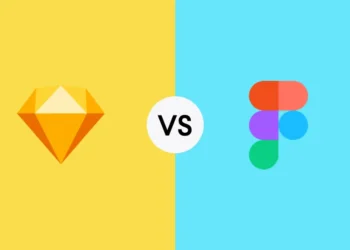Starting a new business or creating a product can feel overwhelming, especially if you’re unsure if people will want what you’re offering. Challenges like limited budgets, lack of time, and not having technical skills can make it hard to bring ideas to life. This is where no-code tools come in, making it easier than ever to build a simple version of your product—known as a minimum viable product (MVP).
An MVP is a basic version of a product with just the key features needed to solve a problem and test your idea. It helps you understand if your concept works for your audience before spending too much time or money on it. Traditionally, creating an MVP required skilled developers and months of work. No-code platforms change this by letting anyone build a functioning prototype quickly and affordably.
No-code platforms are tools that let you create apps, websites, or databases using drag-and-drop features. They’re especially useful for small teams or new entrepreneurs. According to a survey by Formstack, most people use no-code tools because they’re fast and easy to work with—exactly what’s needed to launch an MVP efficiently.
An MVP is meant to test your ideas without committing too many resources. By focusing on the most important features, you can see if your product solves problems for users and how they interact with it. However, it’s important to keep your MVP simple; adding too much complexity can distract from your main goal of testing.
No-code tools make experimenting with ideas much faster, but they also have limitations. These tools may not allow for advanced customizations or may struggle to handle larger-scale needs. Users also have less control over small details of the product. If these factors are a concern and you lack the technical know-how, outsourcing some parts of your MVP’s development might help.
One mistake to avoid is relying too much on third-party integrations. These integrations can enhance your MVP but can also create problems if those services stop working. Remember, an MVP is meant to test if your idea is good, not to create a fully finished product. Gathering honest feedback from users—especially criticism—is also key to improving your product in the future.
Building a no-code MVP follows many steps similar to traditional methods. First, understand your audience: who are they, what problems do they face, and what do they want? Research your competitors to learn what already exists and how you can stand out. Focus on the features that matter most for testing your idea and create a roadmap to stay organized. Decide how you’ll measure success, like tracking how many people use the product or how satisfied they are with it.
Many no-code platforms can help you create an MVP. Google Sheets is a free and simple tool for managing data. Airtable offers advanced workflows but can take time to learn. Bubble lets you create full-featured web applications and scale them if needed. Zapier helps automate workflows by connecting different apps. Webflow makes building professional websites easier, while Coupler.io helps with analyzing and sharing data. As these tools evolve with AI, their ability to create powerful solutions continues to grow.
No-code development is a great way for startups and small businesses to save money and time while testing ideas. By keeping your MVP simple and focusing on learning from users, you can refine your product and minimize risks. This approach allows you to act quickly and make smarter decisions about how to launch and grow your product successfully.




